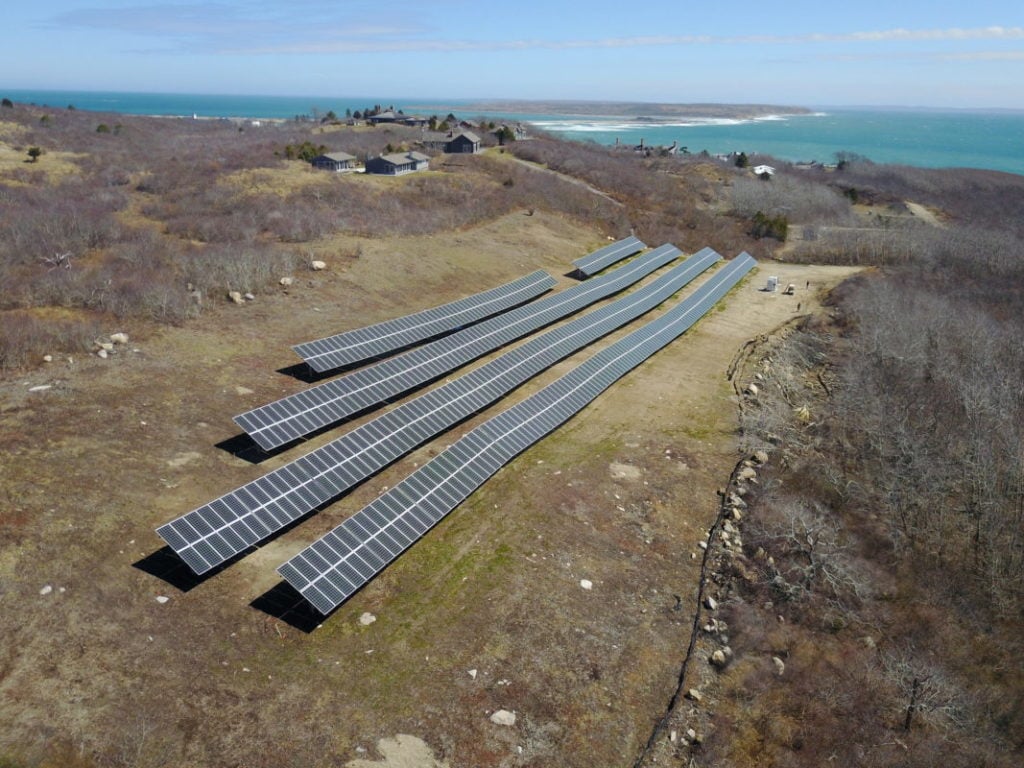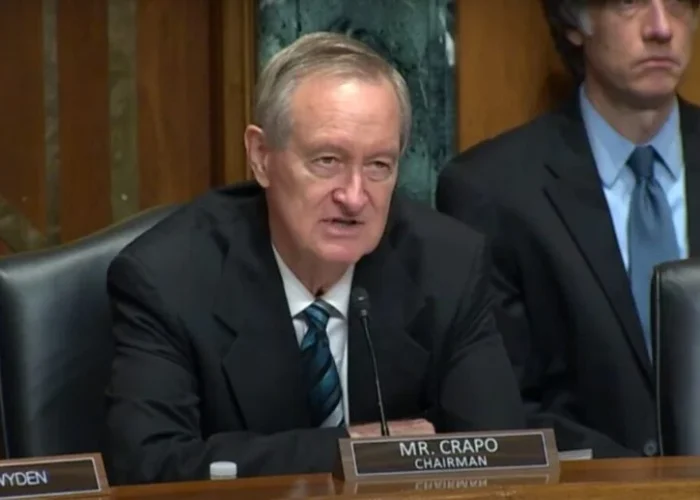
The growth of global annual solar PV installations will start to slow this year, including in the US, according to energy analyst firm Wood Mackenzie.
In a new study Three predictions for global solar in 2024, Michelle Davis, head of global solar at Wood Mackenzie, named three predictions for the global solar industry in 2024, including the shift from a high-growth industry to a slower-growing yet mature industry, the materialisation of the Inflation Reduction Act (IRA), and solar manufacturing companies’ struggle to remain a going concern.
Unlock unlimited access for 12 whole months of distinctive global analysis
Photovoltaics International is now included.
- Regular insight and analysis of the industry’s biggest developments
- In-depth interviews with the industry’s leading figures
- Unlimited digital access to the PV Tech Power journal catalogue
- Unlimited digital access to the Photovoltaics International journal catalogue
- Access to more than 1,000 technical papers
- Discounts on Solar Media’s portfolio of events, in-person and virtual
Industry will grow slower than before
“If our forecast for 2023 holds, the average annual solar installation growth rate from 2019-2023 was 28%, including 56% growth in 2023. By contrast, annual average growth for 2024-2028 will be flat, including a few years with contractions,” Davis said, adding that the global solar industry will officially pass its inflection point.
“The global solar market is still many times larger than it was even a few years ago, but it’s natural for an industry’s growth to slow as it matures.”
Davis also examined multiple regions in the study. In China, annual installations have multiplied almost six times since 2019, but the solar market will shrink slightly as grid infrastructure investments are not keeping pace with solar project growth, limiting the pace of interconnections and increasing the need for more storage.
Changing revenue schemes for utility-scale solar and reduced subsidies for distributed solar will also slow the growth trajectory of the solar market.
Meanwhile in Europe, the last two years enjoyed impressive growth as the installed capacity grew by 38% in 2022 and 26% in 2023 respectively due to the energy crisis and the REPowerEU commitments. However, Davis said the acuteness of the energy crisis and the corresponding spike in retail rates had worn off, which slowed the pace of distributed solar growth in many markets.
Additionally, the growth of utility-scale solar in Europe is limited by grid infrastructure capacity. Looking ahead, the average annual solar installation growth rate over the next five years is expected to be only 4% in Europe.
Materialisation of the IRA
In the US, the average annual installed solar capacity growth between 2019 and 2023 was 27%. Davis said the growth rate is expected to average 6% between 2024 and 2028, with the benefits of the IRA considered.
Davis said the impacts of the IRA have taken longer to manifest than anticipated.
“The introduction of new incentives required new guidance from the US Internal Revenue Service and the implementation of new programmes. The law did result in a flurry of announcements for new solar manufacturing facilities, but building new factories also takes time. Module manufacturing capacity has only increased a few gigawatts since passage of the legislation.”
The study also highlighted that although the early-stage pipeline of utility-scale solar projects has increased by over 40% since late 2022, the pipeline of contracted projects has actually decreased.
“It’s hard to sign contracts when you don’t know the final rules for various incentives,” Davis commented.
Moving forward, Davis said that the early-stage pipeline will eventually manifest in more contracted utility-scale solar projects.
“The distributed solar segment will eventually benefit too, primarily from the energy communities tax credit adder and the low-income communities tax credit adder. The true benefits of these additional tax credits will finally materialise in more distributed solar installations this year,” she said.
However, US manufacturing capacity will continue to rise as 40GW of capacity is expected to be operational by the end of the year.
Solar manufacturing
Wood Mackenzie also examined the global solar manufacturing capacity. With expectations of annual global solar installations of about 350GW for the next decade, China’s module manufacturing capacity (over 1TW) is already nearly three times global demand. Global module manufacturing utilisation rates fell from about 70% in 2021 to less than 40% in 2023. As a result, an oversupply drove Chinese module prices to record lows in 2023.
Although the US and India import modules from countries other than China or manufacture modules domestically, the manufacturing expansion in China will still impact these markets.
“Most module manufacturers rely on polysilicon, wafers and cells produced in China, all of which China has also been expanding. This will challenge many countries’ plans to build out vertically integrated domestic solar supply chains,” Davis said.
Lastly, some planned facilities will fail to materialise and existing facilities will find it difficult to stay in business as their utilisation rates decline. In China, multiple announcements of cancelled facilities have taken place over the last several months, and some manufacturers have even reduced margins to zero.
“While 2023 saw a flurry of US manufacturing announcements, 2024 will test which ones have the confidence and financial resources to move forward,” Davis added.







